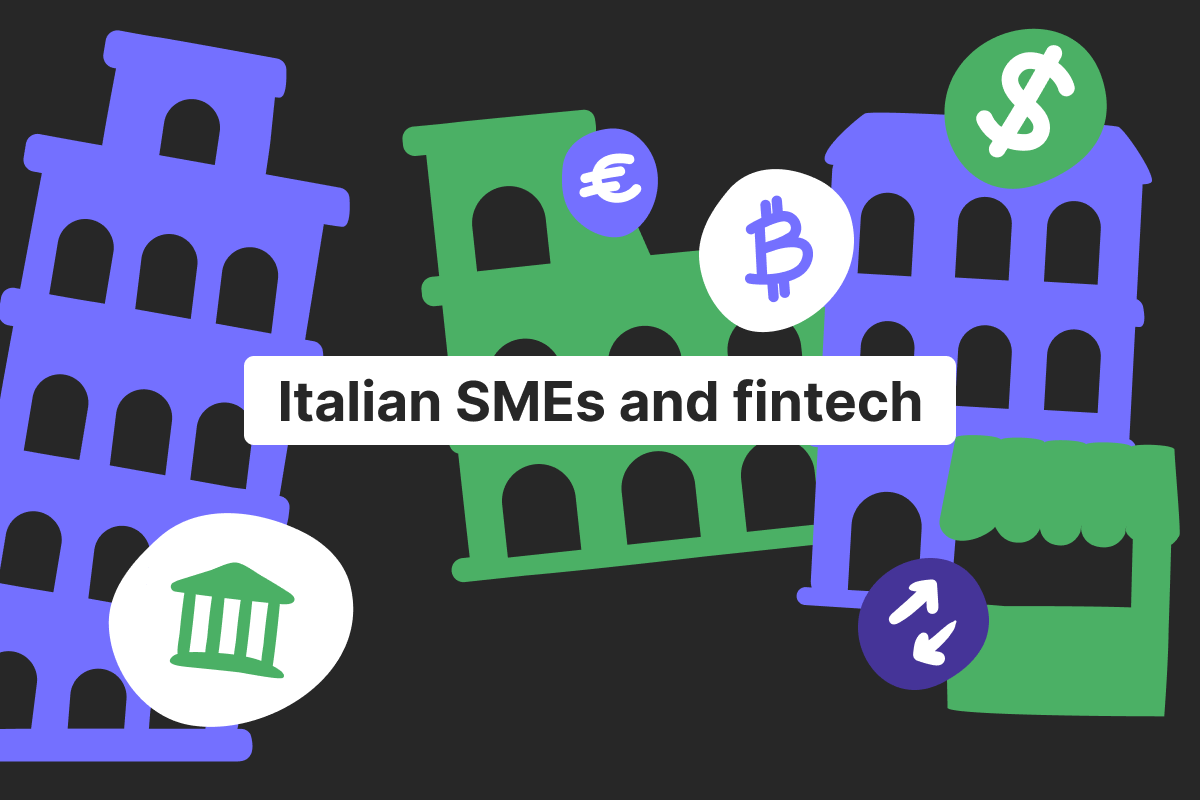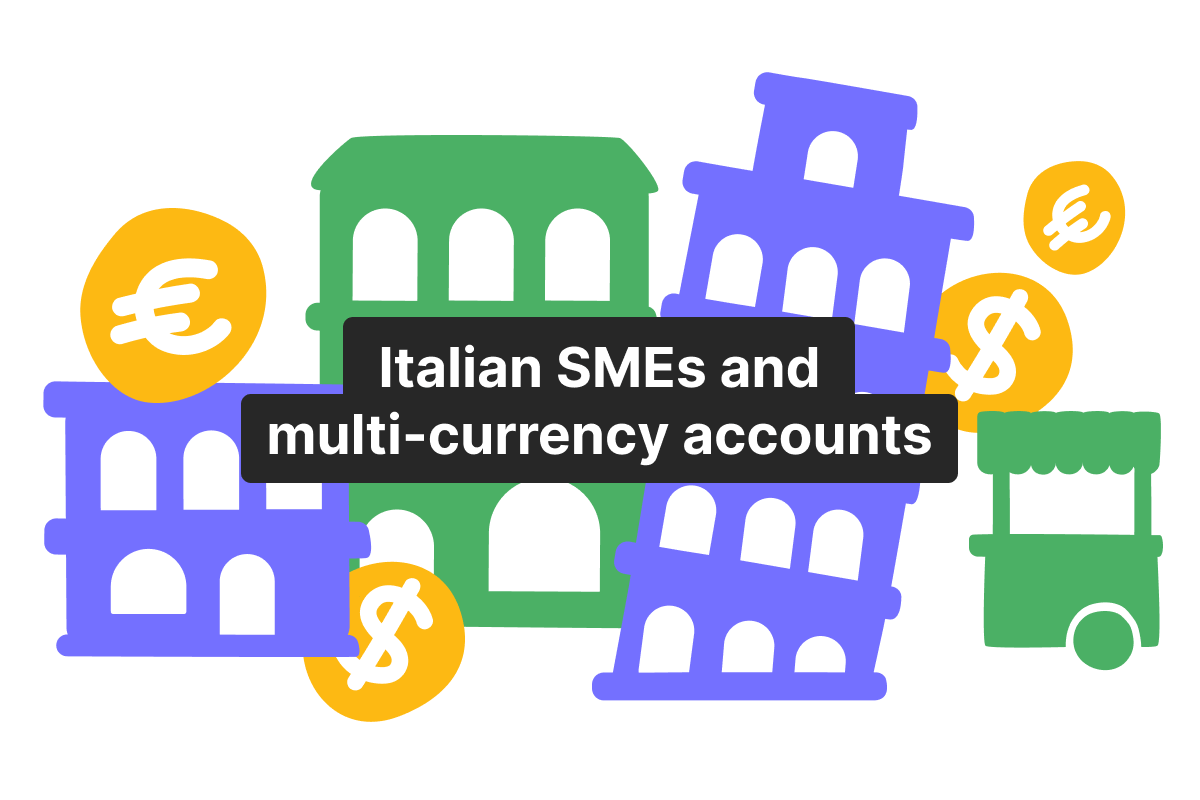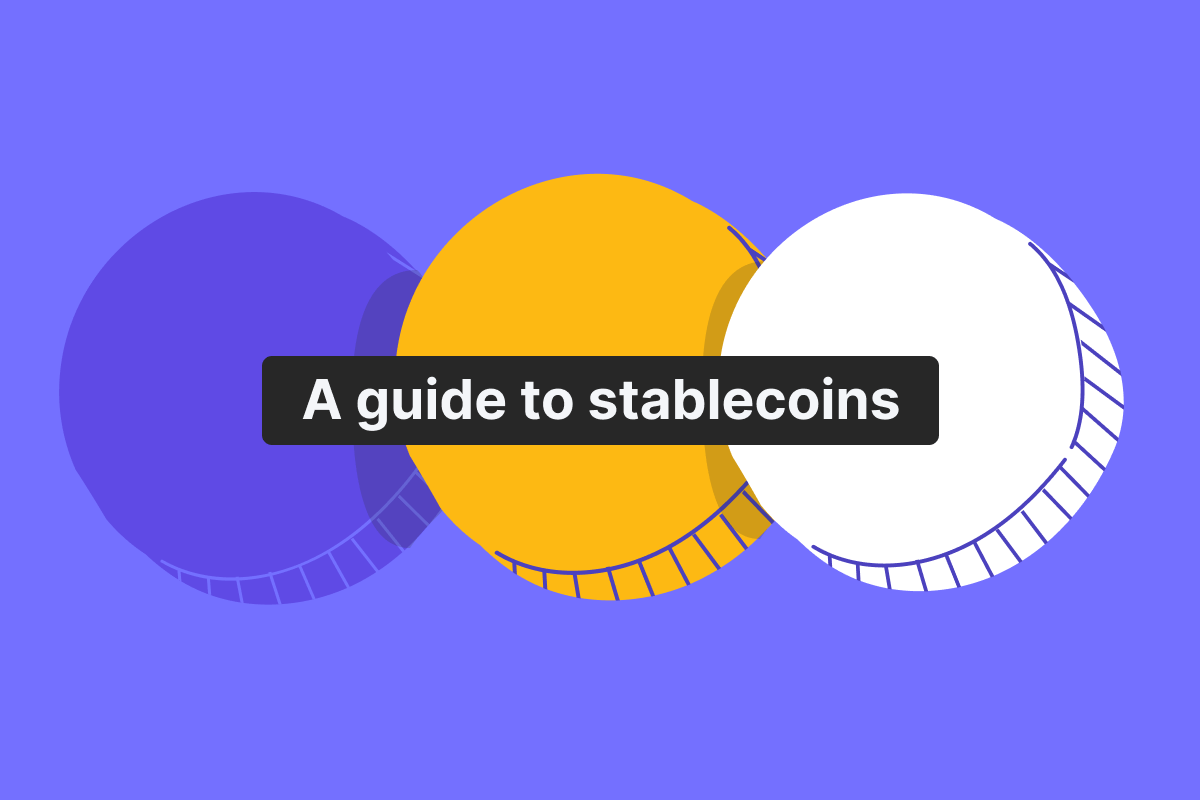Unified Payments Interface (UPI) is an instant, real-time payment system used in India. It allows users to move money easily between bank accounts at any time through a mobile application. The UPI app provides a low-cost approach that has revolutionized instant payments here. How does it work, and will it change bank payment processes across the planet?
While UPI is currently only available in India, we’ll be looking at how the Genome fintech platform offers secure, compliant alternatives for global business. Read on to get the basics of Unified Payments Interface explained and understand how to use this or an alternative solution.
What is a unified payments interface (UPI)?
The use of UPI in digital payments has helped Indian businesses and consumers carry out their transactions more smoothly. To understand what the Unified Payments Interface is and how it works, we need to go back to 2016.
This was the year that India’s National Payments Corporation launched a pilot scheme with 21 of the country’s banks. With backing from the Indian Government, it soon became a popular method of sending bank payments between any two accounts in the country.
Customers only need to download the UPI app from the Google Play Store. After that, they can start sending UPI transactions from their bank accounts to others. This immediately simplifies the way to transfer money in peer-to-peer and merchant transactions.
It’s now become a widely used way to send money. UPI accounted for over 80% of the digital payments made in Indian retail last year. With strong year-on-year growth, it’s expected that the UPI platform will continue to gain new users in the years to come. Some estimates suggest that it could soon make up 90% of the country’s digital payments in retail, as widespread adoption continues.
How does UPI work?
The UPI payments interface uses a mobile app that can be used to make payments from multiple bank accounts. Customers need to download the app to a mobile device and link it to their bank account. Here are the steps required to implement the various options available.
Verifying the account
It is when the customer has to verify their mobile phone number. It has to be the same number that’s already linked to their bank account.
The next step is to create a VPR, or Virtual Payment Address. It is the address used to send and receive money. It’s the address that gets publicly shared between users,
A four or six-digit UPI PIN is then set up to secure the account. This PIN has to be used to verify transactions on the UPI application, so it should be stored securely at all times.
Sending money
The customer can then choose who to send money to and complete the transaction in the app. Payments can be made to a recipient’s UPI ID, also known as a VPA (Virtual Payment Address) or their mobile number.
If you know their bank account number and IFSC code, payment can also be made in this way. However, the most common method is by scanning a QR code to carry out cashless transactions at businesses that accept UPI payments.
In each case, the user authorizes the payment by entering the total transaction amount and then their UPI PIN. A message appears on the confirmation screen following a successful transfer. A failure message is shown on the confirmation screen if there is any issue that stops it from being completed.
Thanks to the real-time payment processing, all financial transactions carried out on the UPI app are paid instantly. They can be carried out on a 24/7 basis once the client’s UPI PIN has been set up on their smartphone.
Receiving payments
To receive money through the UPI system, a user simply needs to share their VPI with the sender. They don’t need to enter their PIN on their own app to receive a payment or provide their mobile number to the sender.
The total transaction value will simply appear in the receiver’s account when it arrives. There’s no need to take any extra action to receive the money safely.
Open an account
in Genome online
Benefits of UPI
The first important benefit is that the UPI payment facility allows 24/7 financial transactions. Instant transfers ensure that the money is deposited into bank accounts immediately. It cuts out the delay that can cause problems when transfers take several business days to arrive.
The UPI app is a low-cost way to carry out merchant payments and other transactions. It’s highly accessible, since anyone with a smartphone and a bank account can download the mobile application and start using it.
The UPI infrastructure boosts financial inclusion by making it easy to transfer funds and receive payments. It’s proved particularly useful in the retail world, where a QR code can be quickly established and scanned by the customer for instant payment. However, it’s also easily used to make personal payments or business payments between bank accounts.
It is also a way to increase digital adoption by encouraging people to carry out their financial transactions using a mobile app and an internet connection. The cashless aspect of the way money moves from one app to another is good news for anyone who wants to avoid handling cash. The success of UPI is one of the reasons that more Indian Rupees are now handled digitally than ever before.
UPI vs traditional payment methods
The 24/7 accessibility and fast speed make UPI transactions a useful option. There’s now no longer any need to wait for a local bank branch to open before making a payment.
The storage of tokenized payments and the use of QR codes make this a secure way of making merchant payments. It has provided a highly convenient alternative that suits businesses more than existing payment methods like cards or even cash.
In terms of security, the UPI facility helps make cash transactions safer. There’s no need to share sensitive information, like an account number. All transfers can be carried out using a QR code or the UPI ID that all users have as soon as they sign up. The mobile application is secure and can be used without any fear.
The low cost also helps make it cheaper to carry out recurring payments and collect money from others. In addition, it helps businesses cut out their administration costs too. They collect payment for their services and products with no fuss.
The following table highlights the key benefits and why the UPI app is so popular.
Aspect | United Payments Interface (UPI) | Traditional payment methods |
Speed of transfers | Transfers are carried out instantly, in real-time, on a 24/7 basis. | Depending on the bank’s processes, this can take weeks or days. |
The cost | Free or small transaction fee. | It can be high for certain methods, such as wire transfer and card payments. |
How accessible? | A smartphone and a bank account linked to that device are needed. | Can be complicated, with a card to be ordered and visits to a physical bank branch among the possibilities. |
The level of security | Two-factor authentication, QR code, and is linked directly to the bank through the customer’s UPI ID. | Depends on the bank’s security infrastructure and the card network used. |
How convenient is it? | Convenient payment request and collection for customers and merchants alike | Can require various tools and systems, like cards, terminals and specific bank apps. |
Geographical coverage | Mainly for India, with plans for international expansion. | Different methods are used globally, such as SEPA in Europe and SWIFT worldwide. |
Global relevance of UPI and similar systems
The success of the preferred UPI app in India has led to other countries exploring a payment framework of this nature. This ties in with the growth of instant payment systems in Europe and other parts of the world.
Banking features like added security and speed are more desirable than ever before. While customers in India can enable UPI on their phones, bank customers elsewhere need to look for alternative ways and other third-party application providers to meet their needs.
How Genome supports secure digital payments
For customers in other countries, Genome provides services that give many of the benefits seen with the UPI application.
As an EU-licensed provider, Genome offers SEPA Instant and Credit Transfers and international transfers.
Dedicated IBANs and a multi-currency account are used to make it easier to carry out business operations globally. Choose the currencies that you want to use daily for card payments and international transfers.
Batch transfers give an additional benefit for businesses that carry out a lot of transfers. Numerous payments can be made from one bank account very easily.
Visa Business cards give flexibility for paying suppliers and carrying out business trips.
Fraud prevention measures and anti-money laundering. The account details are kept safe thanks to the use of the latest encryption technology.
The business account opening process here is smooth and fast, giving easy access to all of the banking services without any delay.
Open an account
in Genome online
The future of instant payments
The expansion of a UPI-like service beyond India is definitely on the horizon. The PSD2 regulations have allowed open banking to flourish in Europe, with this type of digital service now widespread.
Fintechs like Genome are playing a part in this by shaping global payment ecosystems. The payment methods used in other parts of the world may not be identical to the UPI process that has gained popularity in India. But we can expect to see similar benefits to those enjoyed by Indian businesses and customers.






